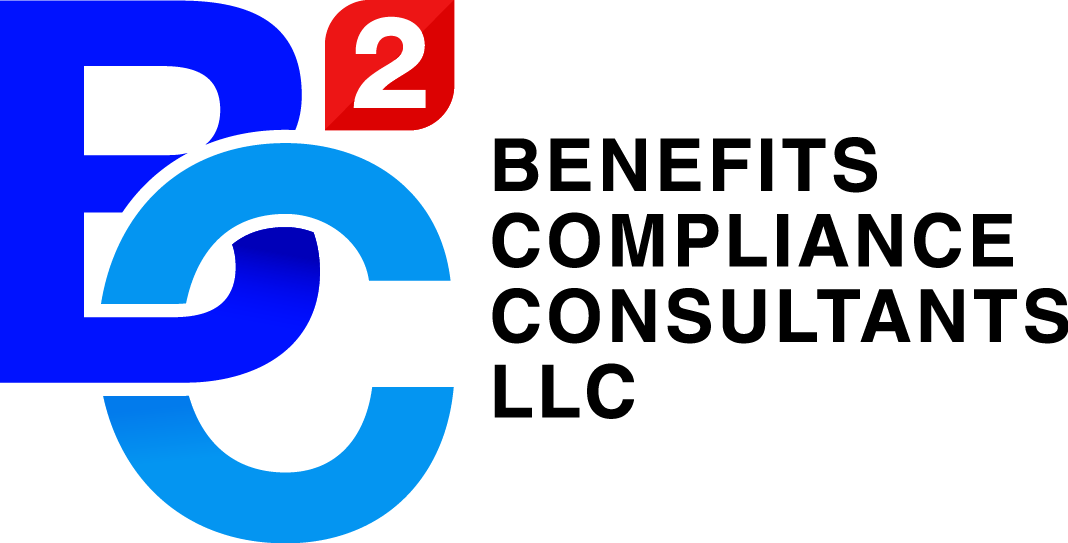Understanding PCORI and Its Importance
What is PCORI? The Patient-Centered Outcomes Research Institute (PCORI) is an independent, nonprofit organization established by the Patient Protection and Affordable Care Act (ACA) in 2010. PCORI's primary mission is to fund research that provides patients, caregivers, [...]





